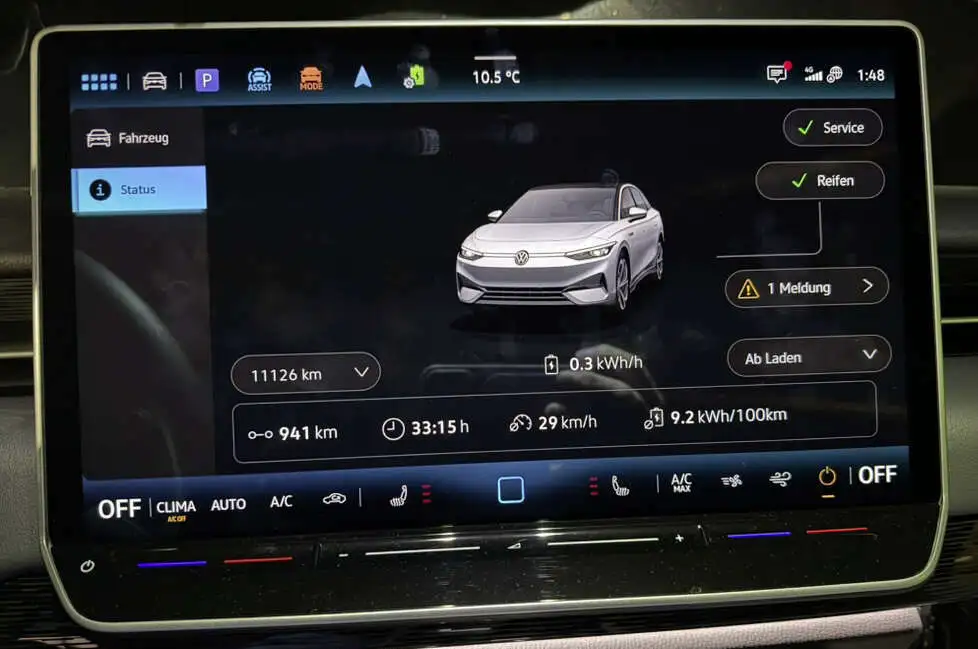
Volkswagen has reached a new efficiency milestone on a circuit in Nardò, southern Italy: an ID.7 Pro S with a standard technology package and 210 kW (286 PS) covered a distance of 941 kilometres on just one battery charge (86 kWh net). This significantly exceeded the model’s maximum WLTP range (combined) of up to 709 kilometres by 232 kilometres or 32.7 percent. During the 941-kilometre tour, the ID.7 Pro S had an average consumption of just 9.2 kWh/100 km – an exceptionally low figure. Converted to a diesel equivalent, the average consumption achieved in Nardò corresponds to about just 1 litre per 100 km. The aim of the test in Nardò was to determine the maximum efficiency of the ID.7 Pro S introduced in 2024.
The test drive with the new ID.7 Pro S was completed in December by Volkswagen Driving Experience pro drivers on the Low Speed Ring in Nardò at ambient temperatures of 5 to 15 degrees Celsius. The 12.5-kilometre circuit enables a wide range of traffic scenarios and endurance tests to be simulated effectively. The average speed during the efficiency test was 29 km/h, which corresponds to typical rush hour speeds in large cities. According to the latest “Traffic Index” from navigation specialist TomTom, this figure ranges from 22 km/h (Hamburg) to 31 km/h (Amsterdam).
The ID.7 Pro S with an 86-kWh battery (net) is designed as a series production model for the greatest possible efficiency and has one of the highest ranges in its class of electric vehicle. And the test car did not undergo any form of technical modification for the test, but instead came from current production at the Emden electromobility plant.

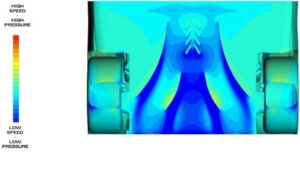

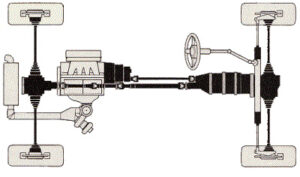
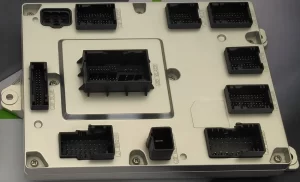
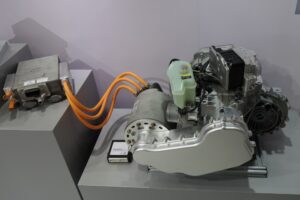
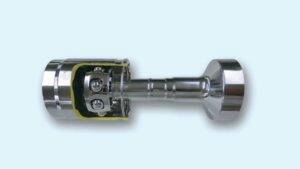





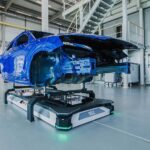


ah, so therein, once again proving that BICYCLES are the answer; especially in the city.
funny that it required TRILLIONS in losses to ‘battery’ companies to -prove- this sentiment.
people that can afford a new EV are treating it like a fancy handbag.
meanwhile the rest of the world is driving 20+ year old cars that still go ~300 miles per fill-up.